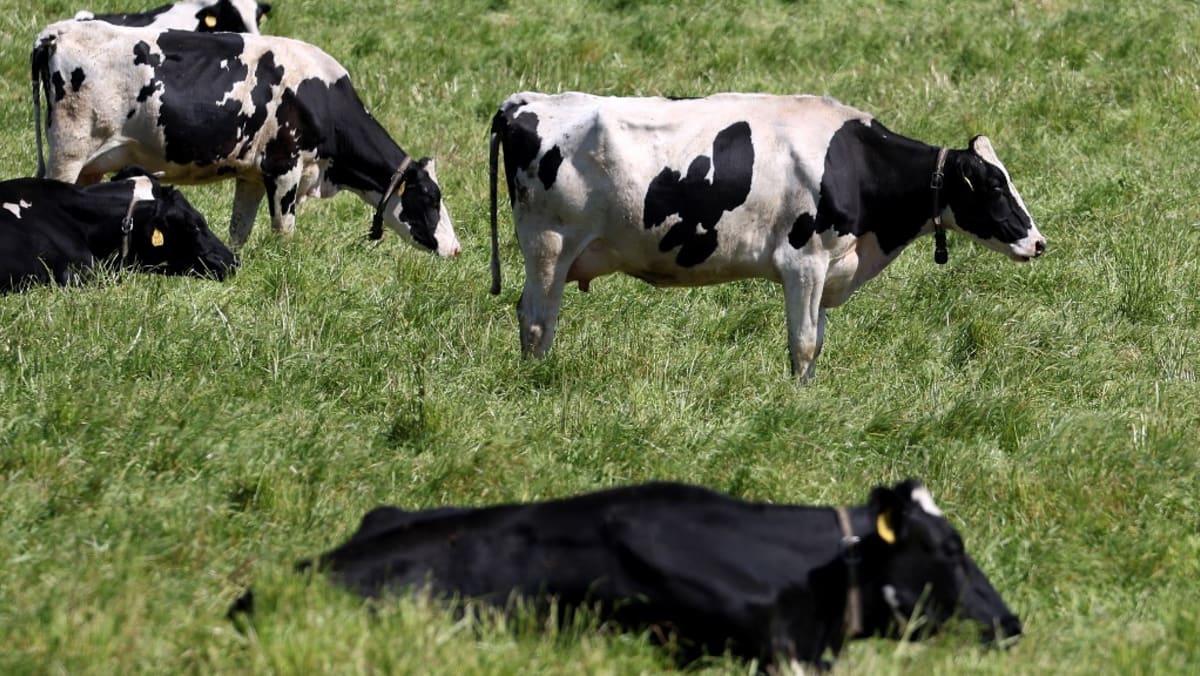“GREAT CONCERN”
Exactly how bird flu made the leap into cattle is unclear. Birds shed the virus orally, nasally and through their urine and faeces; cows could have ingested contaminated feed or water. Scientists believe the virus then spread between cows through mechanical methods, such as shared milking machines, rather than through the air. According to the UK government, this strain is not circulating in Europe.
The World Health Organization has expressed “great concern” and advised caution. Paul Digard, an influenza virologist at the Roslin Institute, Edinburgh University, told me this week that the threat level had risen: “Firstly, cow infections with avian flu on this scale is something new; what else has the virus ‘learnt’ to do with this latest round of genetic changes? Secondly, infecting dairy cows offers more opportunities to infect humans.”
The US Food and Drug Administration advises against consuming raw (unpasteurised) milk products, to guard against pathogens such as salmonella and E-coli; H5N1 is now also on the list. The odds of becoming infected by drinking pasteurised milk is deemed very low, given that testing so far shows no live infectious virus in the samples.
However, the presence of virus fragments in pasteurised milk points to the possibility of asymptomatic infected cows, meaning the virus could be spreading under the radar. The US Department of Agriculture, which has banned infected cattle from crossing state borders, has been urged to scale up testing.
The infected dairy worker had conjunctivitis rather than respiratory symptoms; avian flu viruses struggle to latch on effectively to receptors in the human upper respiratory tract. But if the virus can get in, perhaps through high doses, it can be lethal: Since 1997, H5N1 has killed about half of the roughly 900 people infected with it.













